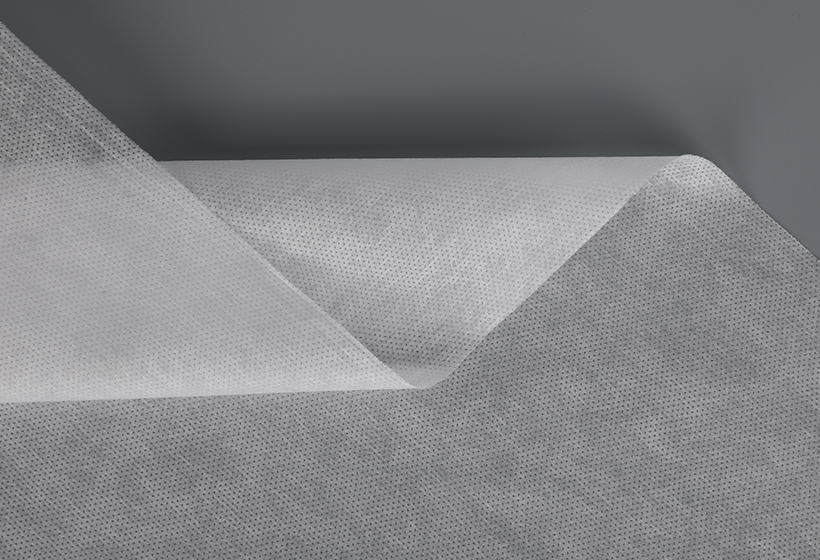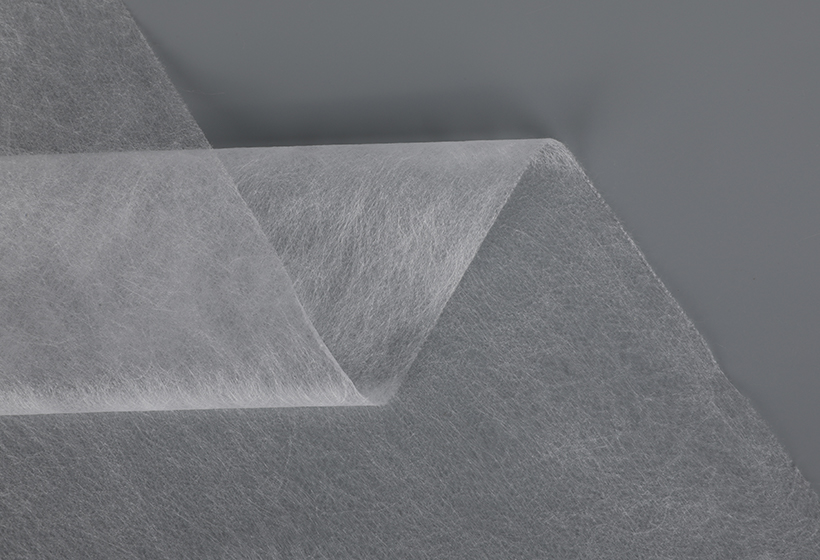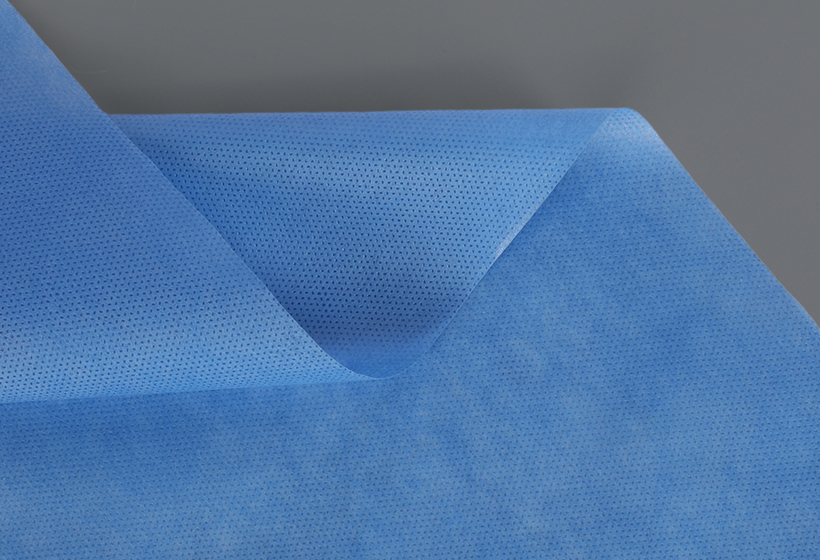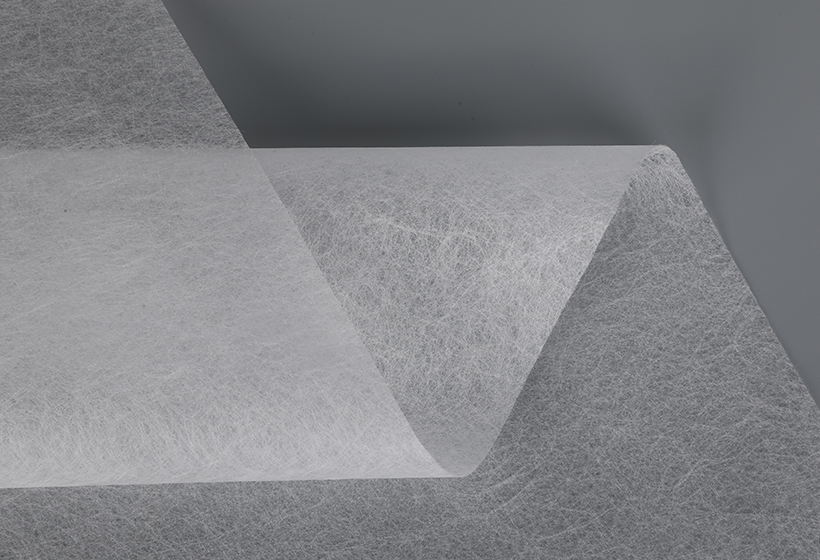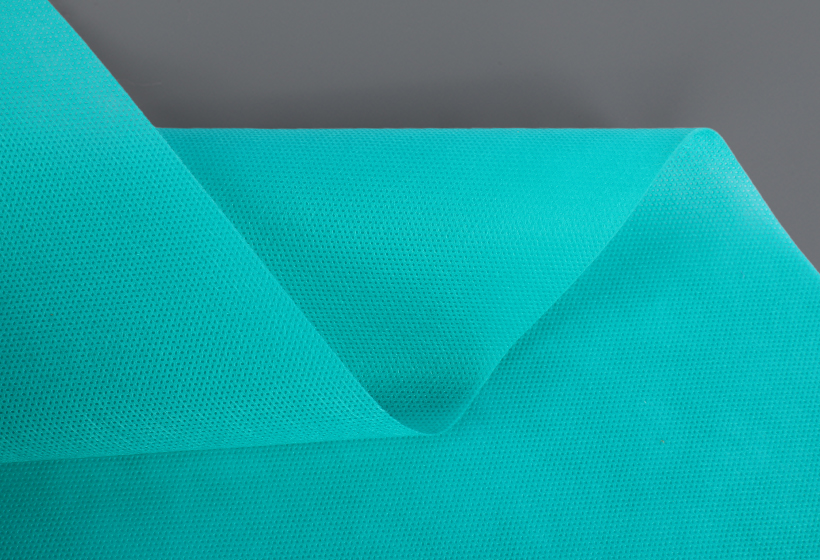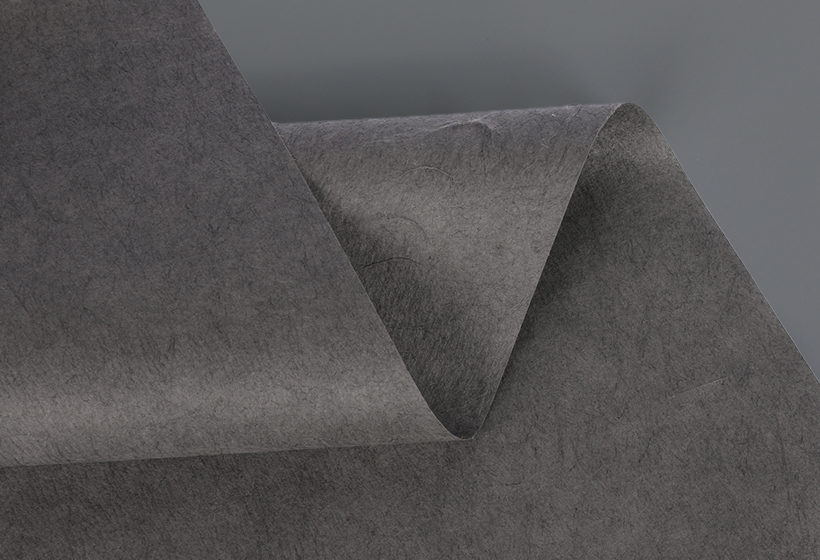Nonwovens are fabric that is made up of long and short fibres which are bonded together through a combination of mechanical, thermal, and solvent processes. These materials are often used as carpet backing and filters. Their properties are influenced by their fiber characteristics, including fiber diameter and length, tensile properties, and finish. There are three main types of nonwoven fabric. Listed below are their major characteristics.
Nonwovens are usually flat, flexible, and made from long and short filament fibers. They are biodegradable, absorbent, and stretchable. They are also easy to produce, and are often oriented randomly. Various processes are used to bond these fibers together. Chemical heat or solvent processes bond the fibers together; mechanical processes use needles or fluid jets to entanglement fibers; and thermal processes use a binder.
Nonwovens are a versatile type of fabric. They have properties similar to woven fabrics, but do not depend on interlacing yarn for internal cohesion. The result of this unique relationship is a fabric that is useful in many applications. Nonwoven fabrics are defined by CEN EN 29092 or ISO standard 9092. Some methods include bonding single fibers to create a nonwoven material.
Nonwoven fabrics are made from a wide variety of materials. These include polyester, nylon, viscose, acrylic, and chlorine fibre. They can be used for filtration, protection, and many other uses. The industry is continually growing, with a production value of over 1,500,000 tons in North America and China. If you are in the market for nonwoven fabrics, it is definitely worth looking into.
Polypropylene-based nonwoven fabrics are known for their low friction coefficient. The smoother the surface, the lower the friction coefficient. This makes them ideal for household textiles and medical packaging. These fabrics are made from polyester or polypropylene. Non-woven fabric samples are tested according to ISO 9073-2 standards.



 English
English Español
Español
